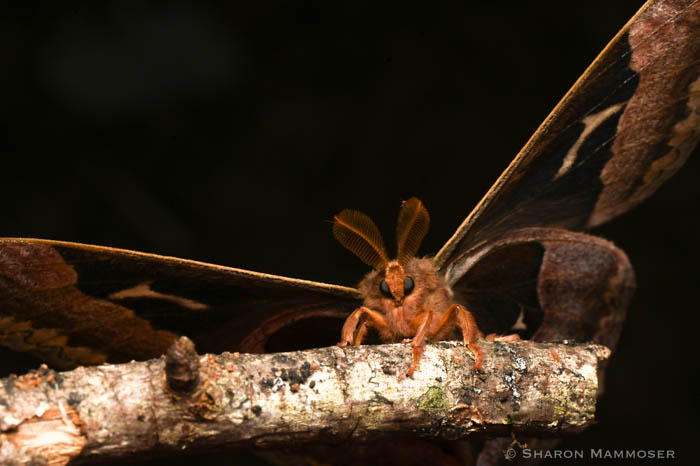As you know this is National Moth Week so I’m doing all kinds of posts this week about moths. Let’s do one giving some ways these two related insects are the same and different.
First off, both butterflies and moths belong to the insect order called Lepidoptera. This translates to scale wing, because their wings are covered with thousands of tiny, overlapping scales.
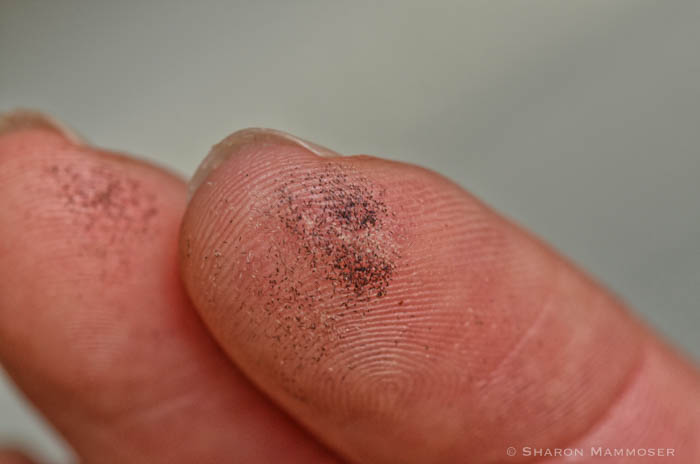
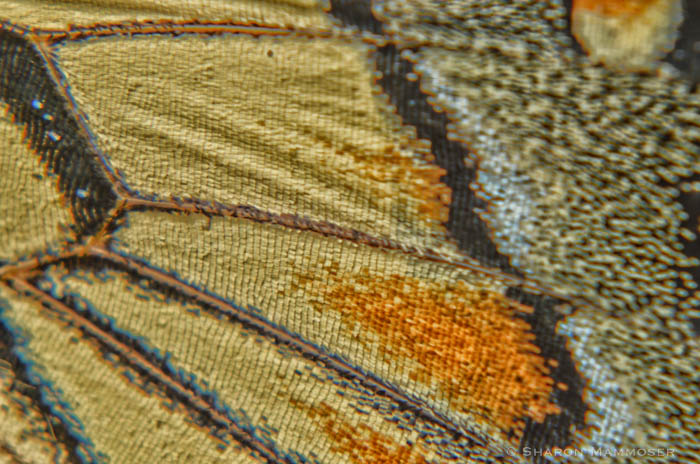
Moths outnumber butterflies ten to one, so for every ten moths there is only one butterfly. Both butterflies and moths have three body parts, a head, thorax and abdomen, three pairs of joined legs, one pair of antennae and a proboscis, which is basically the insect’s feeding tube.

All go through complete metamorphosis, so they start life as an egg, hatch into a caterpillar, then have an inactive pupal stage before transforming into winged adults.
Now, let’s talk about the differences:
- Moths have much thicker and more hairy bodies than butterflies.
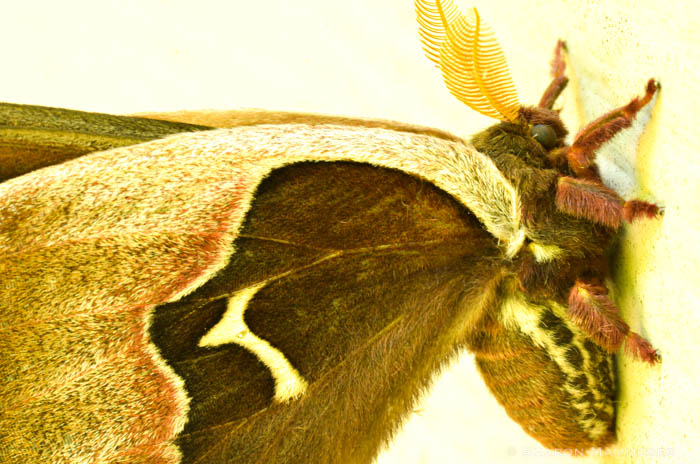
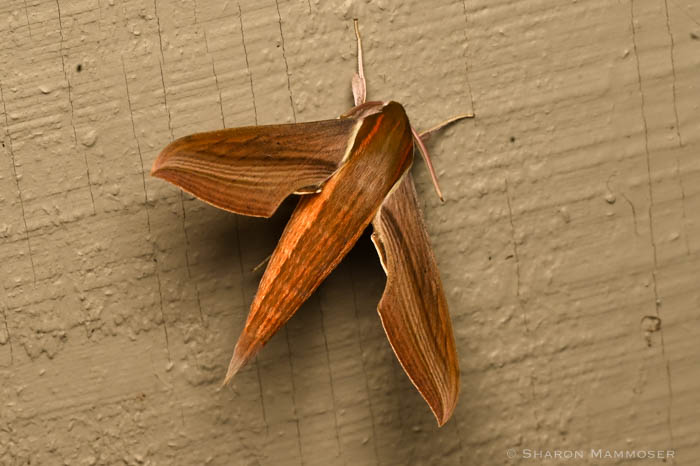
2. Moths also have different antennae. They are very feathery or are simple filamentous antenna compared to butterfly antenna. Butterfly have long thin antennae that end in a knob or thickened tip.
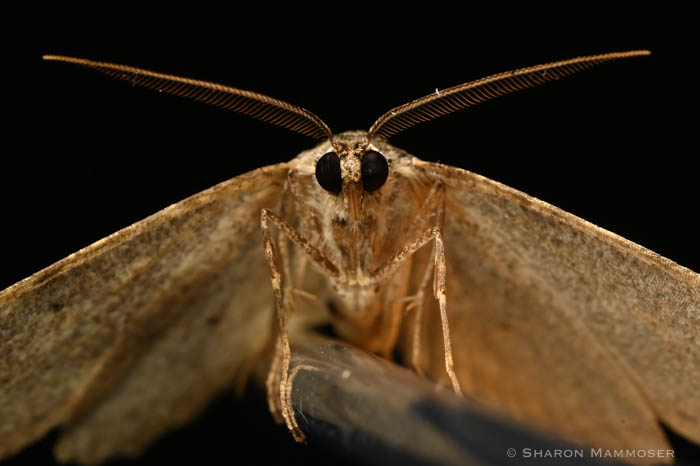
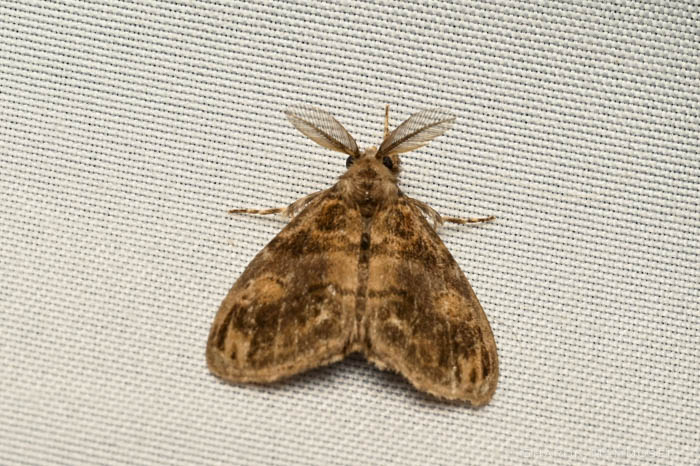
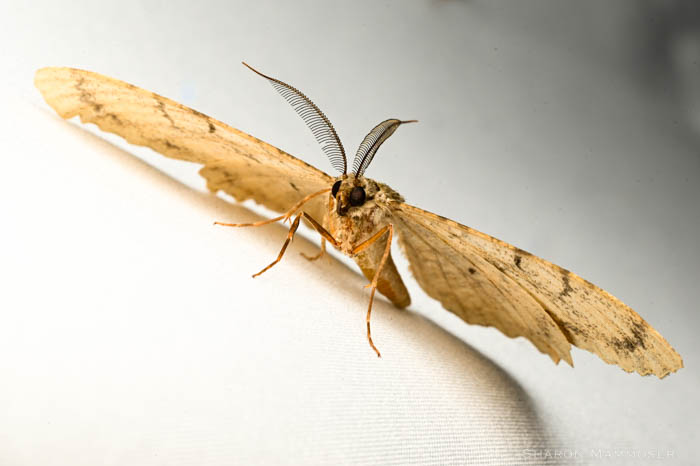
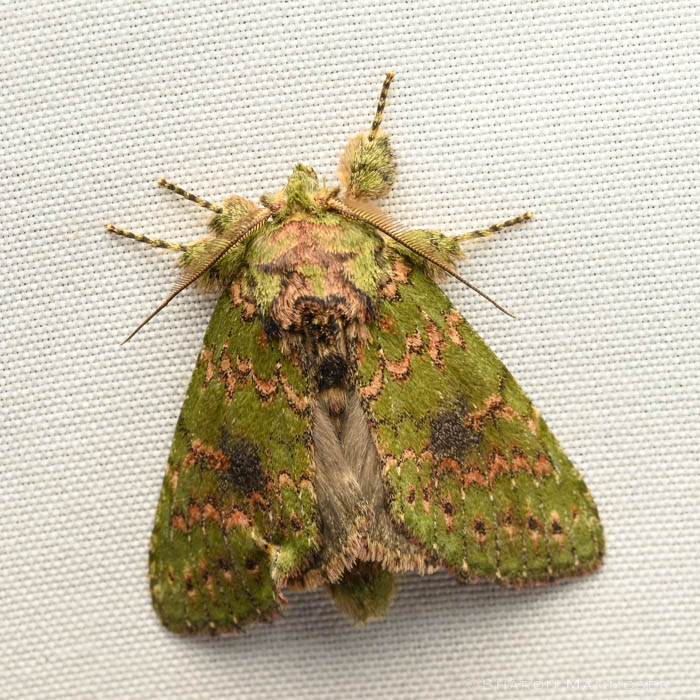
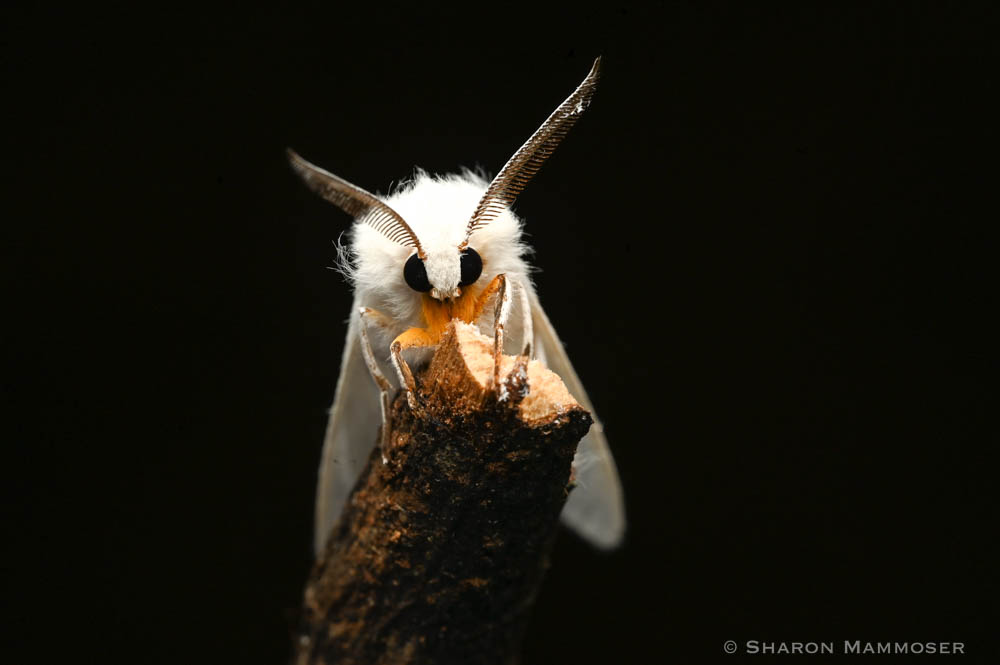
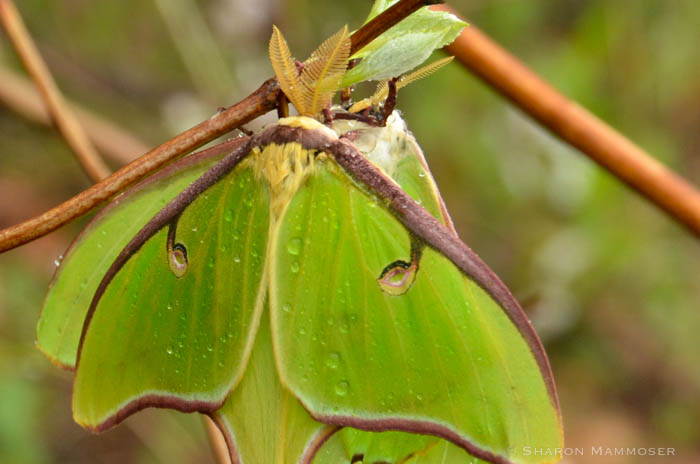
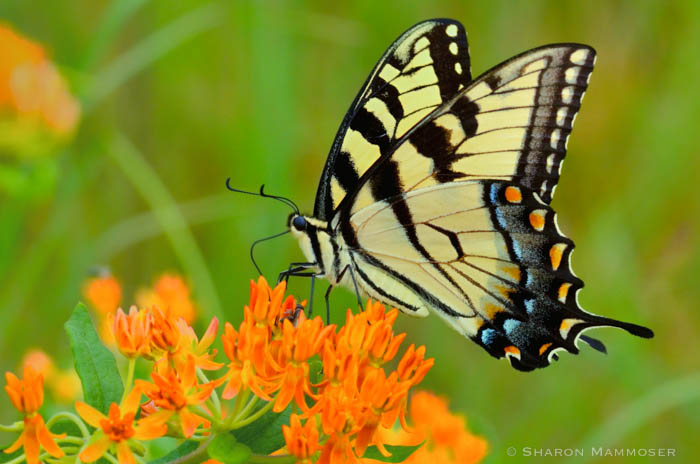
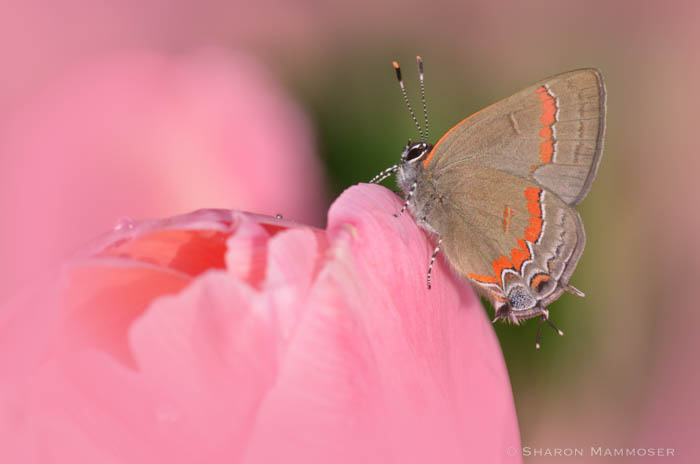
3. Moths are generally active at night, though there are exceptions like the hummingbird clearwing moths and the wasp mimics. But most of the moths are active at night and butterflies are active during the daylight hours.
4. Butterflies usually rest with their wing folded over their bodies, while moths rest with their wings open.
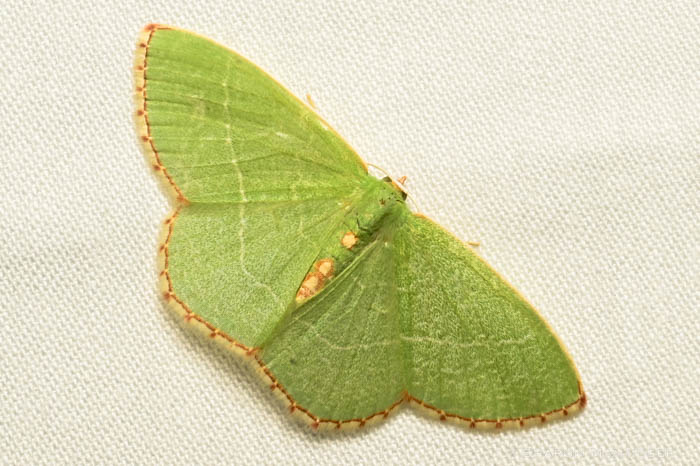
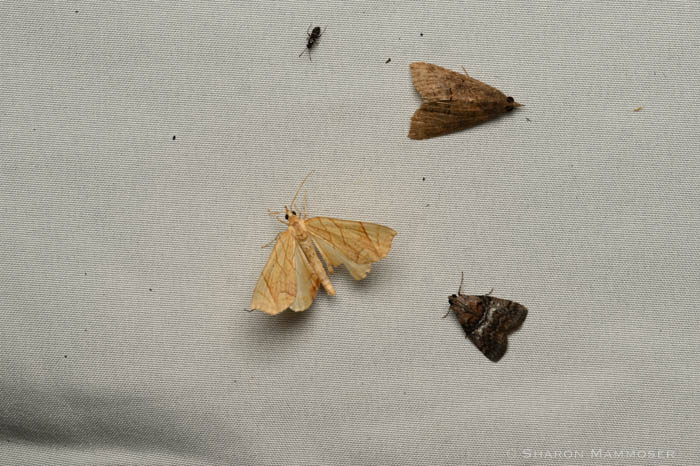
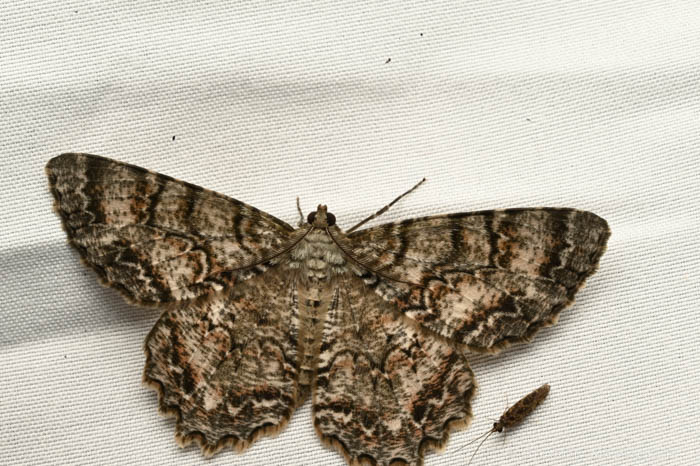
5. . And lastly, moths make a cocoon, or pupa, before becoming an adult. Butterflies make a chrysalis. You can learn more about that difference here.
Some online sources I looked into mention that caterpillars have smooth bodies and moth caterpillars have hairy bodies but this is just not true once you start looking at them. The Caterpillars of Eastern North America by David Wagner is a great reference for caterpillars and after paging through for 30 seconds you will notice a lot of caterpillar moths also have smooth, hairless bodies.
Speaking of caterpillars, that’s going to be the subject for tomorrow’s post. We’ll look at the amazing varieties of caterpillars. Stay tuned!


